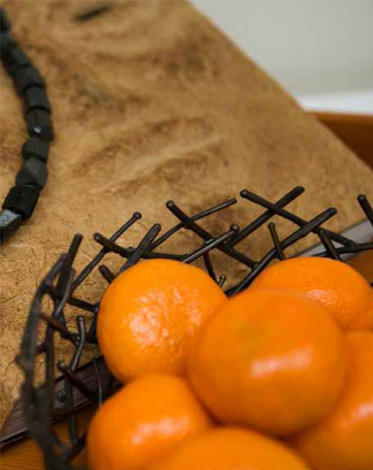 |
- Start museum shop design by considering the bottom line. Retail Detail works with design professionals and architects to establish initial budget-setting and merchandising approach, followed by wise allocation of financial resources to store design and construction, fixtures and technology, purchase of retail goods, operational expenses, merchandising, and staffing. In the end, there should be no surprises.
- Mary employs financial and merchandising strategies learned from working for Neiman Marcus, owning a high-end retail store and from developing successful museum shops with a variety of concepts.
- Careful buying allocations of original art objects at varying price points, well-made commercial and hand-crafted products, fashion accessories, books, children’s items, and branded and artist-created merchandise make for a predictable return on investment.
- Mary searches worldwide to find new, unusual and profitable products.
- Fulfillment contracts are negotiated with reliable, fully-vetted vendors.
- Seasonality and regional cultural nuances are included in the mix of buying strategies.
- Marketing is aligned with all museum programming and uses catalogs, on-line, social media, trunk shows and special promotions to extend sales.
|
|
 |




